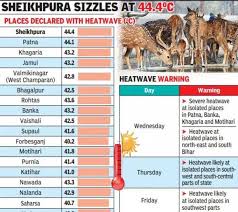Understanding Maalik in India’s Political Landscape

Introduction to Maalik
Maalik, which can denote ‘master’ or ‘lord’ in several Indian languages, has become an important term within the political discourse of India. Given the dynamic political framework and the upcoming elections, understanding the implications and influence of ‘maalik’ in various contexts is vital.
Maalik in Political Context
In recent years, the term ‘maalik’ has been explored in various discussions related to leadership, governance, and authority. Political leaders often position themselves as ‘maaliks’ of their constituencies, promising to act in the best interests of their ‘subjects.’ This term not only denotes power but also evokes a sense of responsibility, accountability, and service.
During the recent state elections across India, candidates from various parties seized the moment to portray their commitment to the welfare of their voters, presenting themselves as ‘maaliks’ who are here to safeguard the interests of their constituents. This populistic approach has garnered mixed reactions from the electorate, indicating a growing awareness and expectation from the voters regarding their leaders’ role.
Current Events Related to Maalik
As India gears up for the forthcoming general elections in 2024, the concept of ‘maalik’ is generating substantial discourse. Political analysts are noting that with the rise of regional parties and leaders claiming to be more approachable ‘maaliks,’ traditional party structures may face significant challenges. Furthermore, issues like corruption and accountability have fueled this narrative around ‘maalik,’ as citizens demand greater transparency from their leaders.
Moreover, in various rallies and rallies, leaders use the term to evoke a sense of loyalty and allegiance from the voters, which demonstrates its psychological impact on collective sentiments. Social media also plays a crucial role, with memes and discussions surrounding the idea of ‘maalik’ gaining traction among younger voters, thereby altering the perception of leader-voter dynamics.
Conclusion
The concept of ‘maalik’ stands at a pivotal juncture in contemporary Indian politics, where the boundaries between authority and accountability are increasingly being scrutinized. As this term gains prominence, voters are increasingly calling for leaders who genuinely embody the attributes of a ‘maalik’—not only in terms of power but also in serving their communities effectively. As the elections approach, the implications of this narrative will likely shape strategies for political campaigns, making ‘maalik’ a term worth watching in the evolving landscape of Indian politics.









